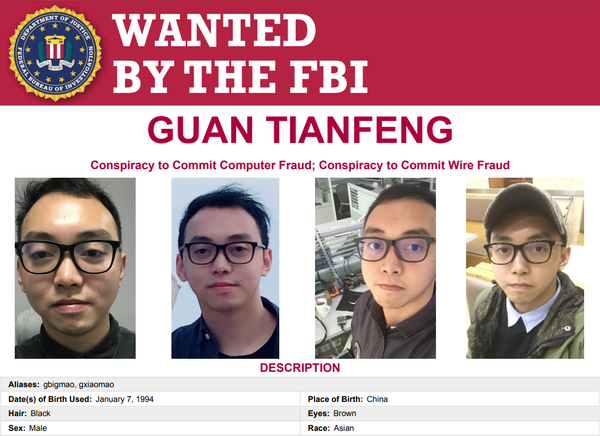Best Infosec-Related Long Reads for the Week of 4/6/24

Tech giants break the rules in race for AI data, New approach needed to avert next XZ Utils backdoor, Drone 'hackers' are winning in Ukraine war, DNA-reliant cryptographic functions might someday protect passwords, House data broker bill might be too narrow




